10 Best Herbal Creams For Boils
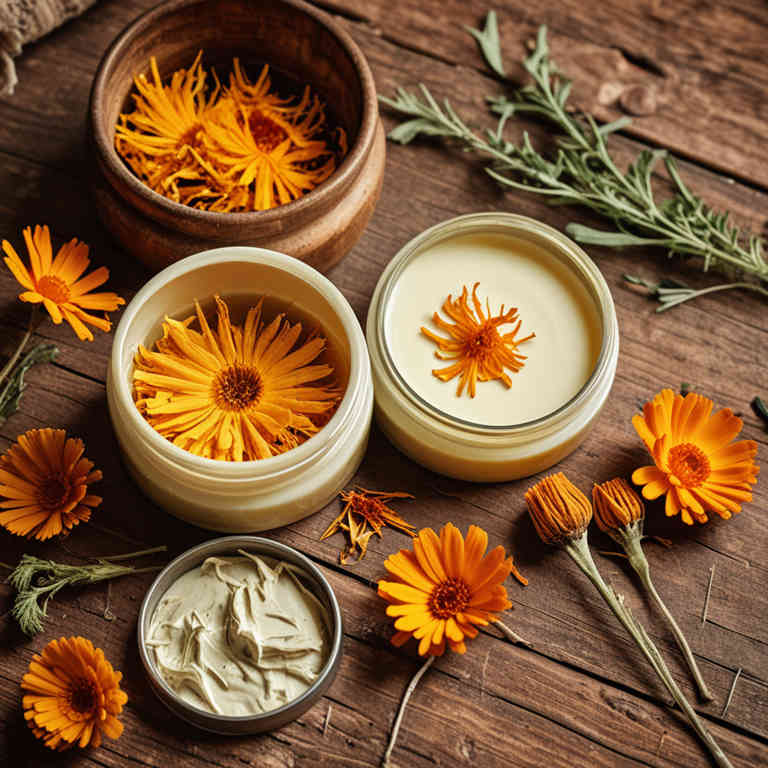
Herbal creams for boils are natural topical treatments that often contain ingredients like tea tree oil, neem, calendula, and chamomile, which are known for their anti-inflammatory and antimicrobial properties.
These creams can help reduce redness, swelling, and infection around boils by promoting healing and preventing the spread of bacteria. They are generally considered safe for most skin types, though individuals with sensitive skin should perform a patch test before full application. Herbal creams may be particularly beneficial for those seeking alternatives to conventional antibiotic ointments.
However, they are most effective when used in conjunction with proper hygiene and, in severe cases, medical consultation.
FREE Herb Drying Checklist
How to make sure every batch retains maximum flavor, color, and aroma without the risk of mold or over-drying. Eliminate guesswork and trial-and-error, making herb drying faster, easier, and more efficient every time.
Table of Contents
1. Aloe barbadensis
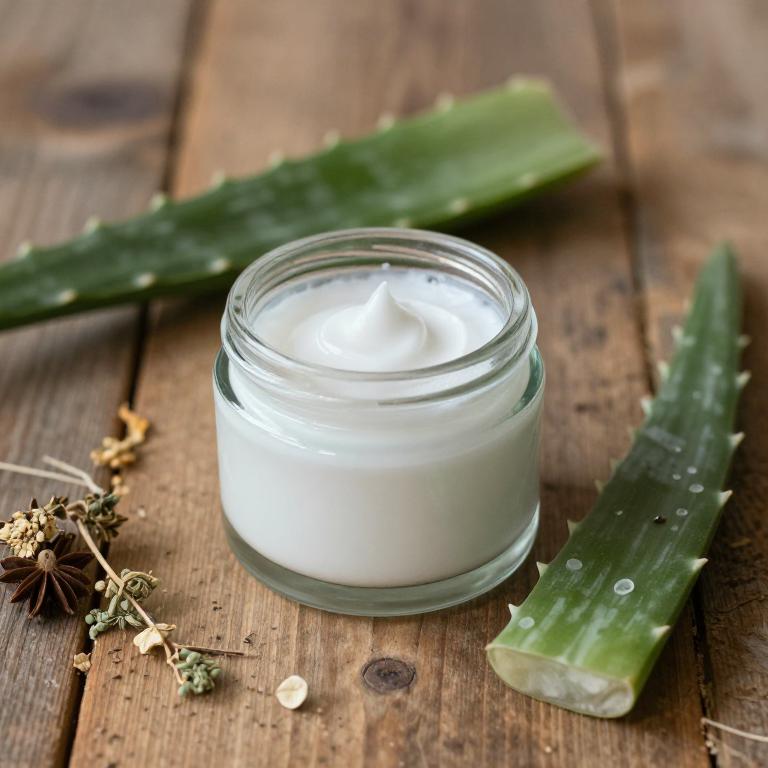
Aloe barbadensis, commonly known as aloe vera, is often used in herbal creams to treat boils due to its soothing and anti-inflammatory properties.
These creams contain a concentrated form of aloe gel, which can help reduce redness, swelling, and pain associated with boils. The natural enzymes in aloe vera may also aid in breaking down dead skin cells and promoting the healing of the affected area. Additionally, aloe-based creams can help prevent infection and speed up the recovery process.
However, it is important to consult a healthcare professional before using aloe vera creams, especially if the boils are severe or recurrent.
2. Hypericum perforatum
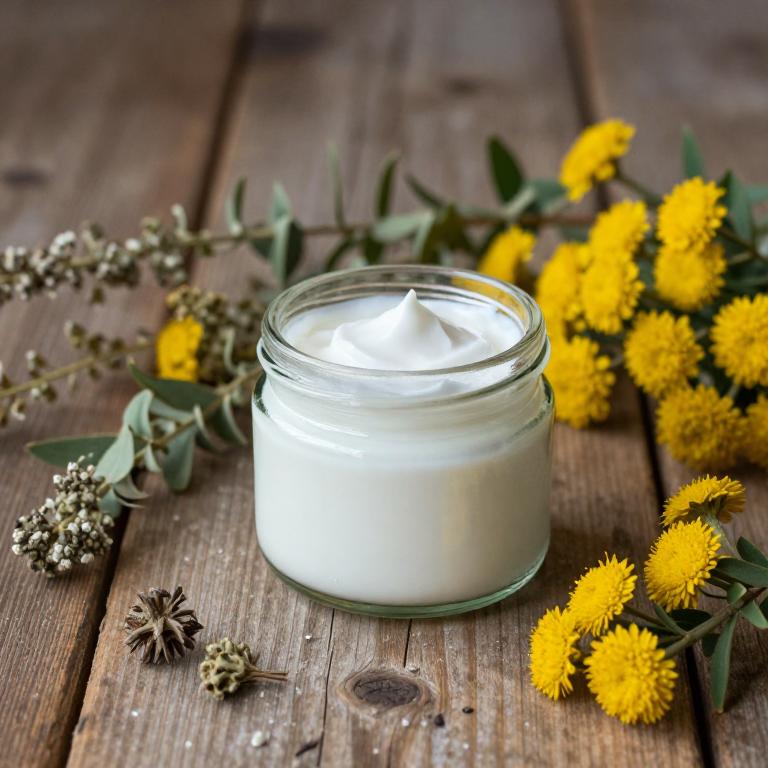
Hypericum perforatum, commonly known as St. John's Wort, is a herbal plant often used in the form of creams to treat various skin conditions, including boils.
These creams are believed to possess anti-inflammatory and antimicrobial properties that can help reduce the pain, redness, and infection associated with boils. When applied topically, the active compounds in hypericum perforatum may promote healing and prevent the spread of bacterial infection. However, it is important to consult a healthcare professional before using St. John's Wort cream, especially if you are taking other medications, as it can interact with certain drugs.
Overall, while some people find relief from boils using St. John's Wort cream, it should not replace conventional medical treatment for severe or persistent infections.
3. Zingiber officinale
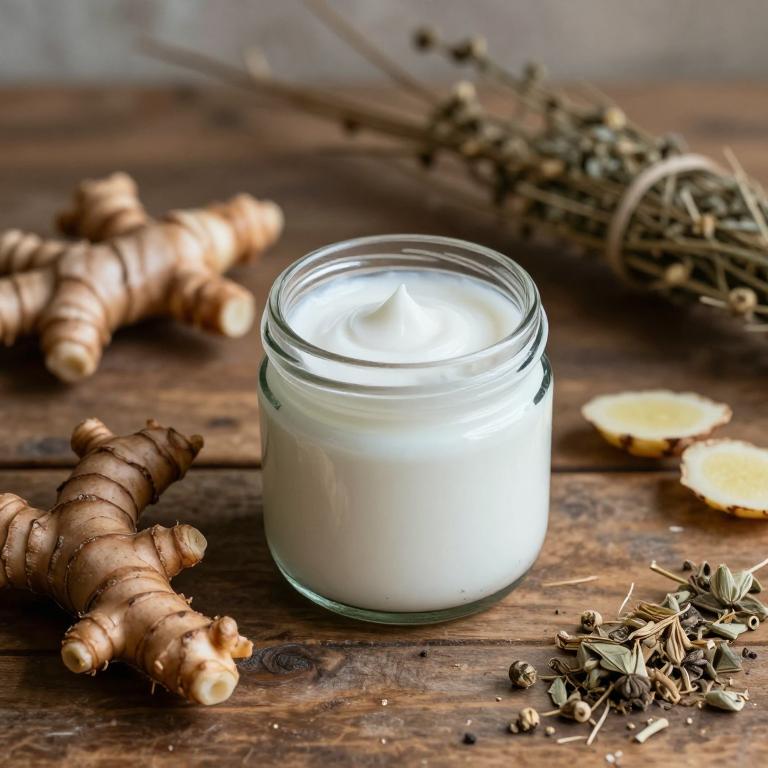
Zingiber officinale, commonly known as ginger, has been traditionally used for its anti-inflammatory and antimicrobial properties, making it a valuable ingredient in herbal creams for treating boils.
These creams often incorporate powdered ginger or ginger extract to help reduce redness, swelling, and pain associated with boils. The warming effect of ginger can enhance blood circulation to the affected area, promoting faster healing and drainage of pus. Additionally, ginger's ability to inhibit bacterial growth may help prevent infection and support the body's natural healing process.
As a natural alternative to conventional treatments, ginger-based creams offer a soothing and effective option for those seeking holistic care for boils.
4. Echinacea purpurea
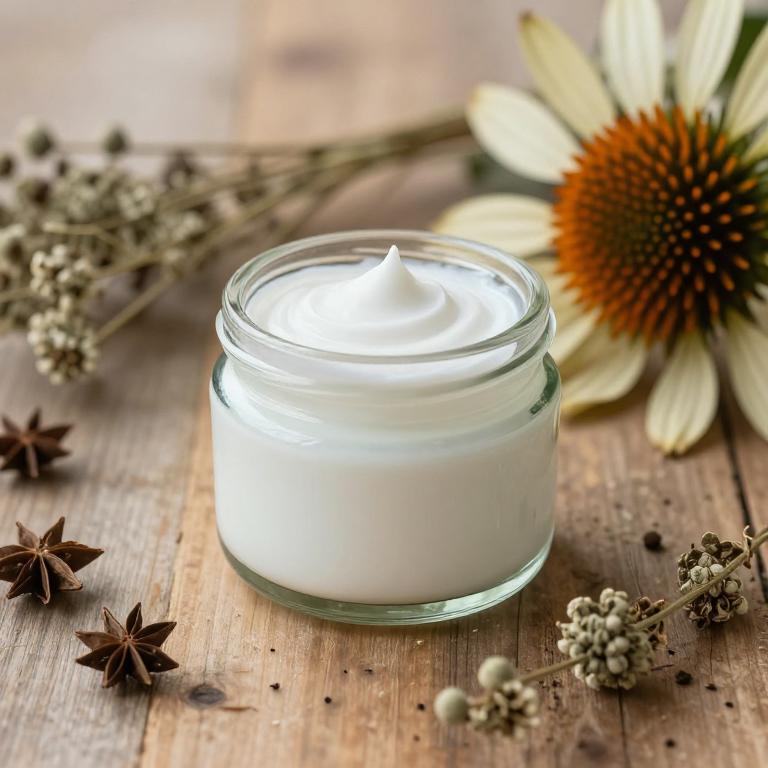
Echinacea purpurea, commonly known as purple coneflower, is a herbal remedy often used in topical creams to support skin health and reduce inflammation.
These creams typically contain extracts of Echinacea purpurea, which are believed to have antimicrobial and anti-inflammatory properties that may help in the treatment of boils. When applied to the skin, the herbal cream can help soothe the affected area and potentially speed up the healing process. While some studies suggest that Echinacea may enhance the immune response, its effectiveness in treating boils specifically is still under investigation.
As with any topical treatment, it is advisable to consult a healthcare professional before use, especially if the boils are severe or persistent.
5. Lavandula angustifolia
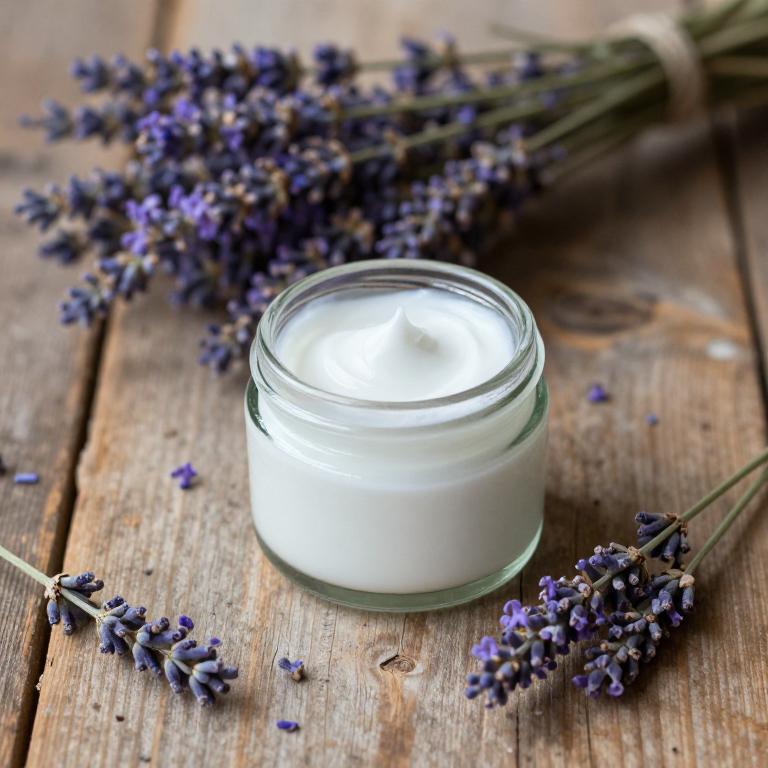
Lavandula angustifolia, commonly known as English lavender, is often incorporated into herbal creams for its soothing and anti-inflammatory properties.
These creams typically contain essential oils extracted from the dried flowers of the plant, which are known to have antimicrobial and analgesic effects. When applied topically to boils, lavender-based creams may help reduce redness, swelling, and pain by promoting skin healing and preventing infection. The calming aroma of lavender also provides a relaxing effect, which can aid in stress relief during the healing process.
However, it is important to consult a healthcare professional before using such creams, especially if the boils are severe or show signs of infection.
6. Calendula officinalis
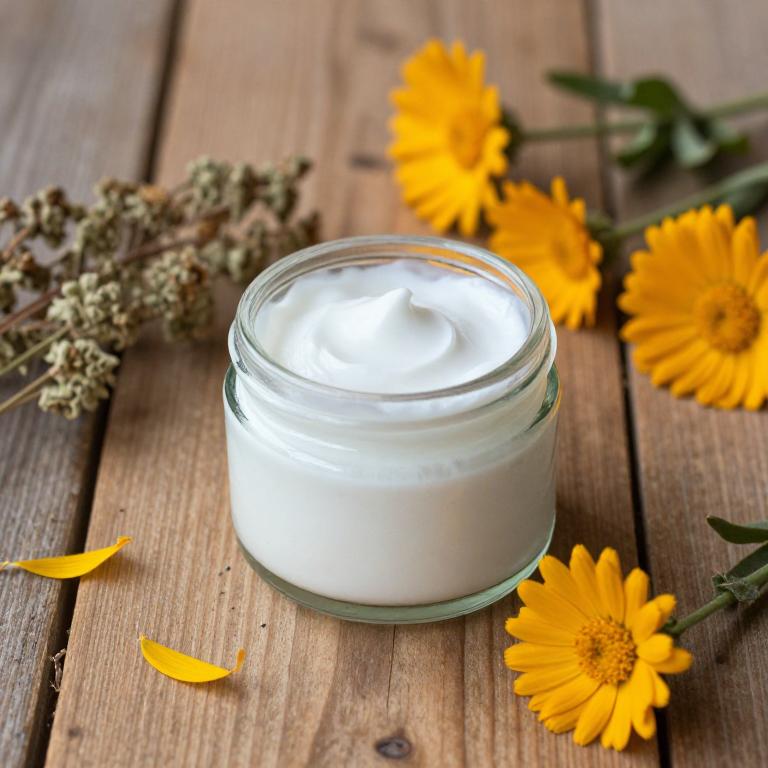
Calendula officinalis, commonly known as pot marigold, is often used in herbal creams to help treat boils due to its anti-inflammatory and antimicrobial properties.
These creams typically contain extracts of the flower, which can help reduce redness, swelling, and infection around the affected area. The soothing effects of calendula may promote faster healing and provide relief from the discomfort associated with boils. While calendula creams are generally safe for topical use, individuals with allergies to plants in the Asteraceae family should exercise caution.
As a natural remedy, calendula officinalis herbal creams can be a useful complementary treatment when used alongside proper hygiene and medical advice.
7. Curcuma longa
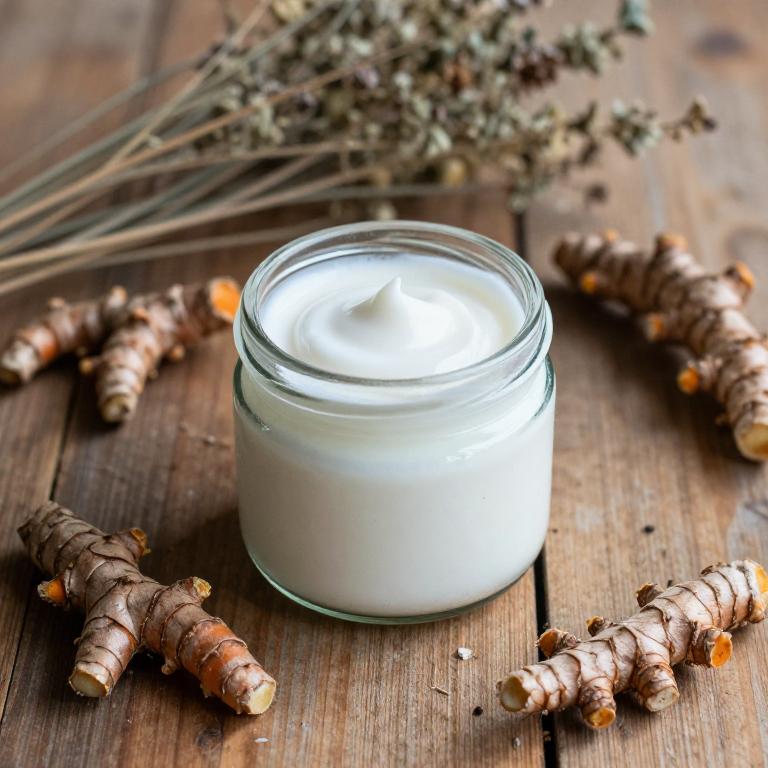
Curcuma longa, commonly known as turmeric, is a widely used herbal remedy known for its anti-inflammatory and antimicrobial properties.
Turmeric-based creams are often formulated to help alleviate symptoms of boils by reducing inflammation and preventing infection. These creams typically contain curcumin, the active compound in turmeric, which has been shown to support skin healing and reduce redness. When applied topically, they can help soothe painful boils and promote faster recovery.
However, it is advisable to consult a healthcare professional before using turmeric creams, especially if the boils are severe or persistent.
8. Cnicus benedictus
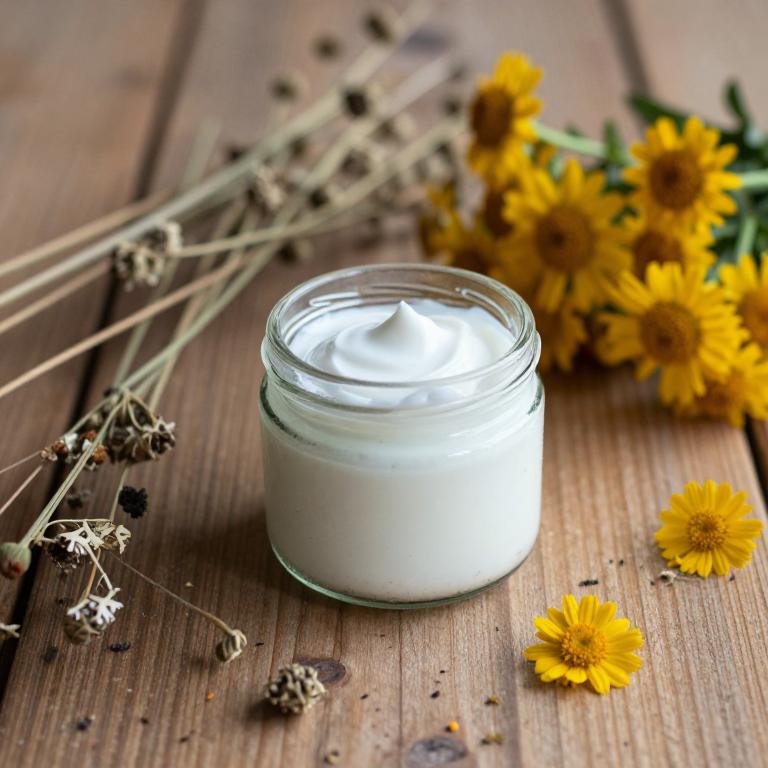
Cnicus benedictus, also known as blessed thorn, is traditionally used in herbal medicine for its anti-inflammatory and antiseptic properties.
Herbal creams containing Cnicus benedictus are often recommended for the treatment of boils due to their ability to reduce swelling, redness, and infection. The active compounds in the plant, such as flavonoids and tannins, help soothe the skin and promote healing. These natural remedies are favored by those seeking alternative treatments with fewer side effects.
However, it is advisable to consult a healthcare professional before using Cnicus benedictus creams, especially if the boils are severe or recurrent.
9. Rosa canina
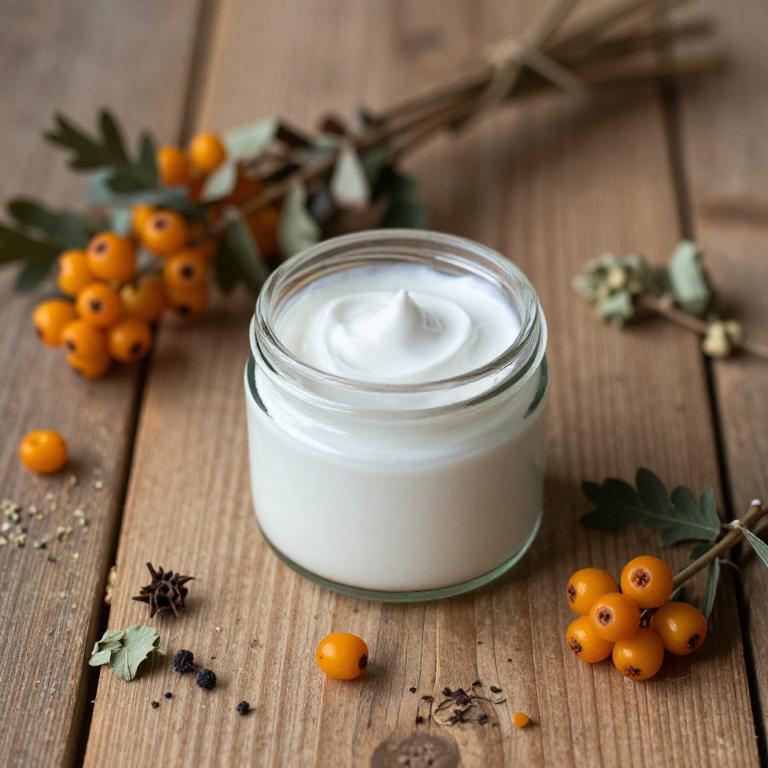
Rosa canina, also known as dog rose, is a traditional herbal remedy commonly used in the formulation of herbal creams for boils due to its anti-inflammatory and antimicrobial properties.
These creams typically contain rosehip oil, which is rich in essential fatty acids and antioxidants, helping to reduce inflammation and promote skin healing. The application of Rosa canina herbal creams can provide relief from the pain and redness associated with boils while supporting the skin's natural regeneration process. Many users find these natural remedies to be a gentle alternative to conventional treatments, especially for mild to moderate skin infections.
However, it is advisable to consult a healthcare professional before using such creams, especially if the boils are severe or recurrent.
10. Urtica dioica
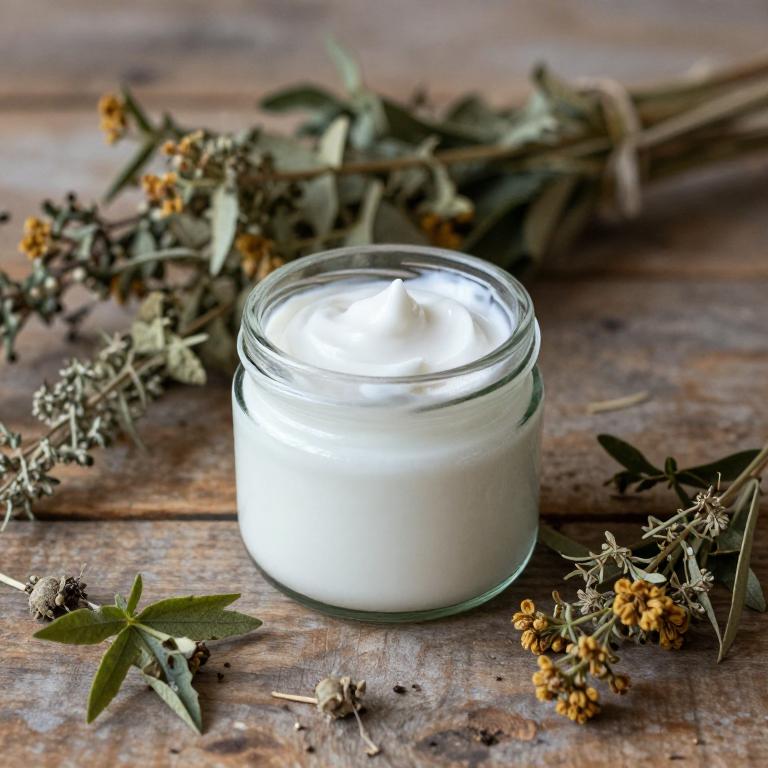
Urtica dioica, commonly known as stinging nettle, is a plant that has been traditionally used in herbal medicine for its anti-inflammatory and healing properties.
Herbal creams made from Urtica dioica are often used to treat boils due to their ability to reduce swelling and promote skin healing. These creams may contain extracts or oils from the leaves and roots of the plant, which are rich in vitamins, minerals, and bioactive compounds. The anti-bacterial and soothing effects of stinging nettle can help alleviate the pain and discomfort associated with boils.
However, it is important to consult a healthcare professional before using any herbal remedies, especially if you have sensitive skin or an existing medical condition.